Malta's staple food is bread and it was central to the Maltese diet. All other food is often referred to as companaticum – meaning “bread accompaniment”. The early Neolithic farmers in Malta, c. 5000 BC grew wheat and barley. Hand mills have been found in early temples. I was able to see several mills displayed in a Windmill museum. With occupation by the Phoenicians, Romans and Byzantines, food centered mainly around bread, wine and olives. Bakeries flourish under Roman rule 200 – 500 AD. Effigies of the goddess of grain, Prosperina are found on Maltese coins and in temples.
With the Arab domination in 870-1100 AD, bread was a precious resource and any deficiencies required the Maltese to import grain from Sicily. During the Medieval period, in some instances, grain was used as currency, so the status of bread became elevated. Peasants had inferior brown barley bread while the upper classes had white bread.
When the Knights of St. John arrived into Malta in the 1500’s, the highest concentration of bakeries was in a town called Casal Fornaro (The Baker’s Village). To this day most bakers come from this same town now called Qormi (the q is silent in Maltese). The largest number of bakeries are located here, so Qormi is recognized nationally as the capital of Maltese bread-making. Several of the bakeries still operate in the traditional manner using wood-fired ovens.
During the British period, 1800 -1960s the daily bread intake was 2-5 lbs! Bread in olden times accounted for 75% of the daily calories of the Maltese people. In comparison, on average, Americans consume 53 lbs A YEAR! In 1861 the census listed 486 kneaders and 33 bakers residing within the town of Qormi. By this time 82% of all grain consumed in Malta was imported. In 1919, the rise in the price of bread, and other political and economic challenges, was recognized as a cause of anti-British agitation. The 2 World Wars and the Cold War all impacted bread production and at times there were food shortages. Bread became a black-market commodity. Bread is money in my world too!
When Malta gained its independence in 1964, grain continued to be a major political driver of the economy. A Bakers Association was setup, 5 milling companies merged into one company and today 40% of all bakeries in Malta are still based in Qormi. In 1992, a monument is erected to commemorate the untiring service of bread bakers of Malta. With healthier eating habits becoming more common, Malta’s bread industry has noticed a decline in recent years. Why does bread have to be so bad for you!!!
The typical Maltese bread is a crusty sourdough bread called ħobża and takes between seven and eight hours from kneading the dough to taking the bread out of the oven. It was served with every meal I had in Malta, including at breakfast with Marmite and at dinner with Bigilla a broad bean pâté.
When I got home and did some research for this blog post today, I see that I missed a few bakeries in Qormi as well as Nenu’s. Anyone want to go back with me? I hate leaving work undone!
~Lisa The Korovai Baker
https://web.archive.org/web/20160401192936/http://www.nenuthebaker.com/about-us/the-story-of-bread
https://www.independent.com.mt/articles/2017-02-15/newspaper-lifestyleculture/FIRST-The-baking-brotherhood-6736170365
If you want to visit any of these here’s where you can find them:
The Old Bakery 248, Triq Il-Vitorja, Hal Qormi , Malta @TheOldBakeryMalta
Paul ta Kalc 56, Bishop Scicluna Street, Qormi, Malta
Formosa Bakery, 46 Triq il Hammieri, Qormi, Malta @FormosaBakery
Abela Bakery, 42, Conception Street, Qormi, Malta @AbelaBakery
Andre’s Bakery, Triq Il-Belt Valletta, Ħal Qormi, Malta @AndresBakeryMt
Ta’ Kola Windmill, Bambina Street, Xagħra, Gozo @KolaWindmill
Is-Serkin aka Crystal Palace, Triq San Pawl, Ir-Rabat, Malta
Nenu, The Artisan Baker, 143 St Domnic Street, Valletta, Malta @NenuArtisanBaker






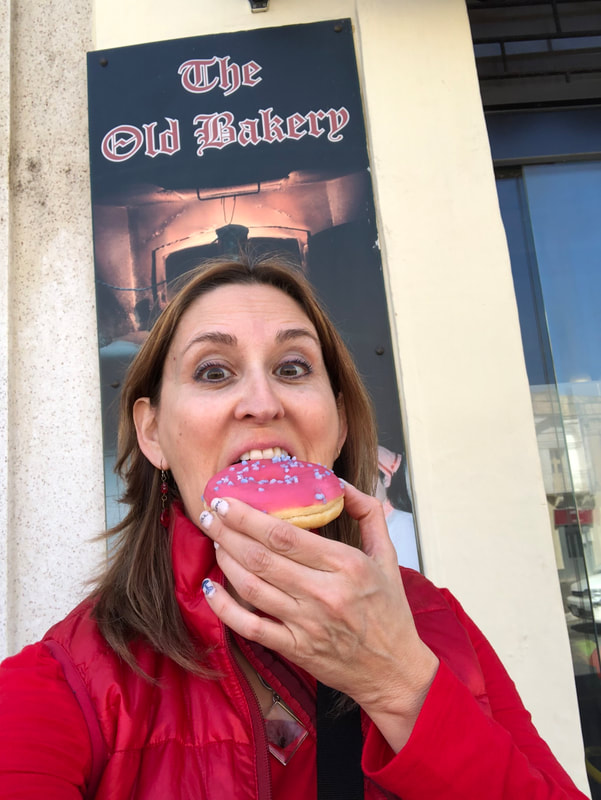

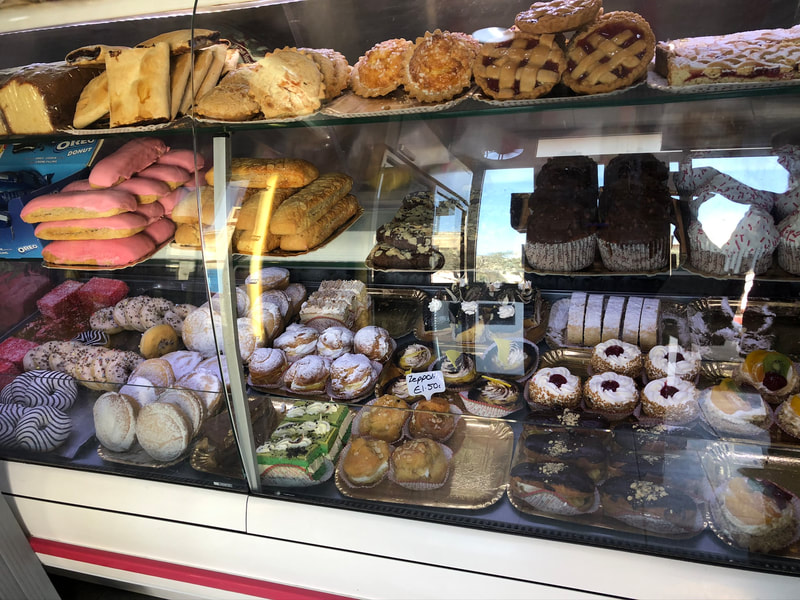






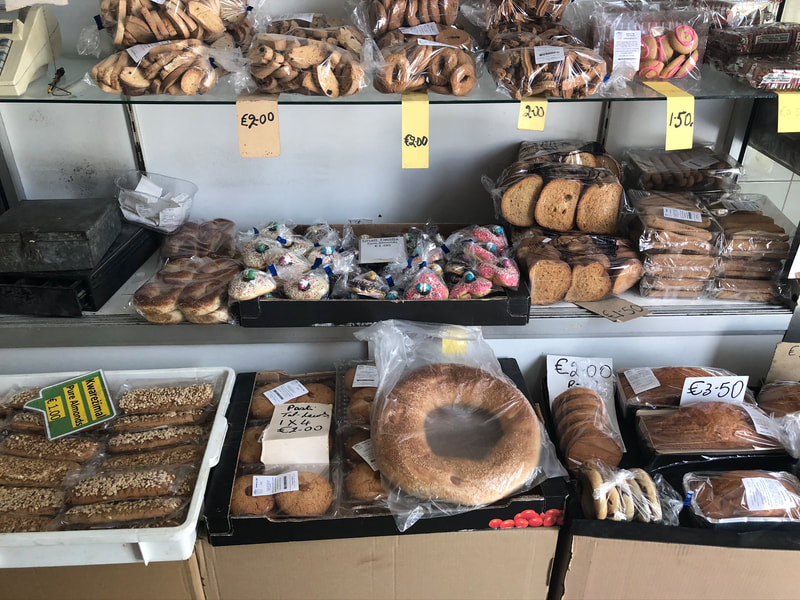


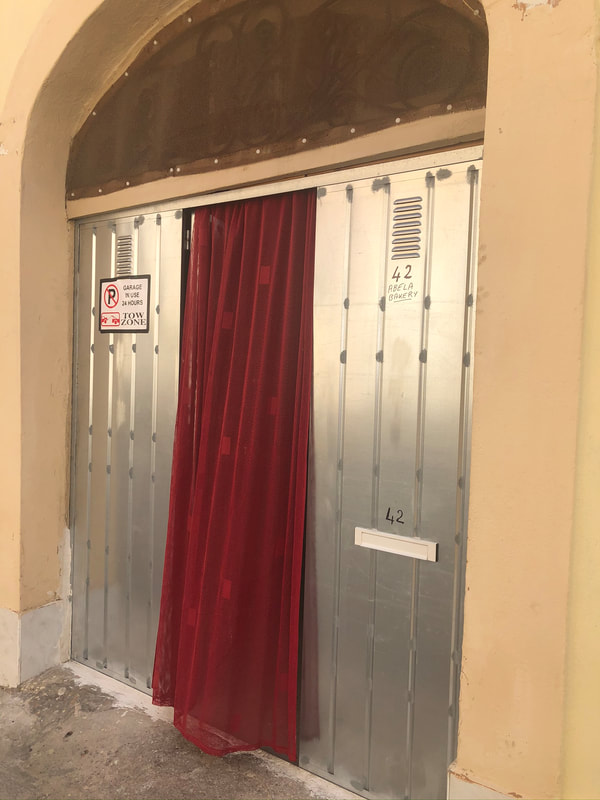






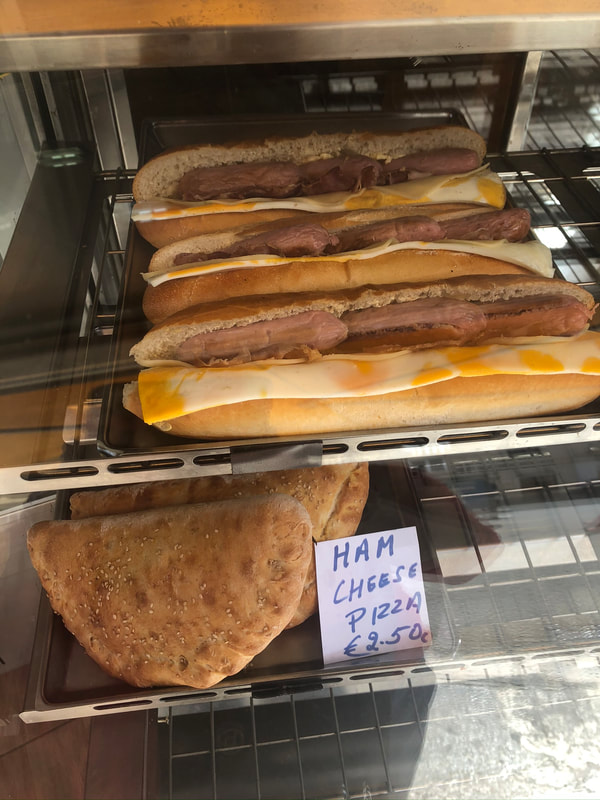

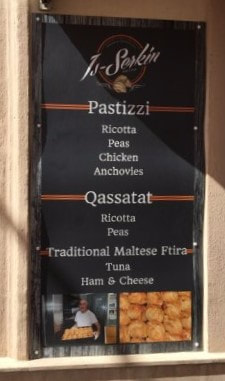

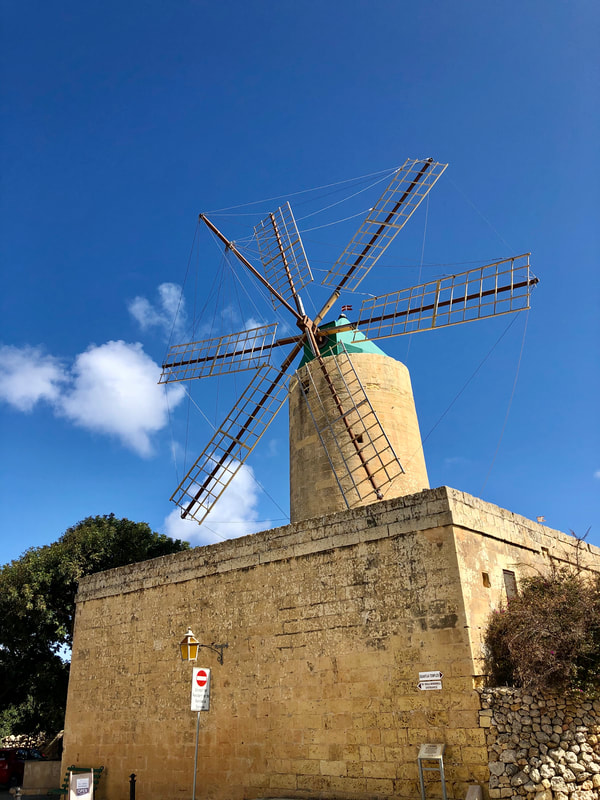

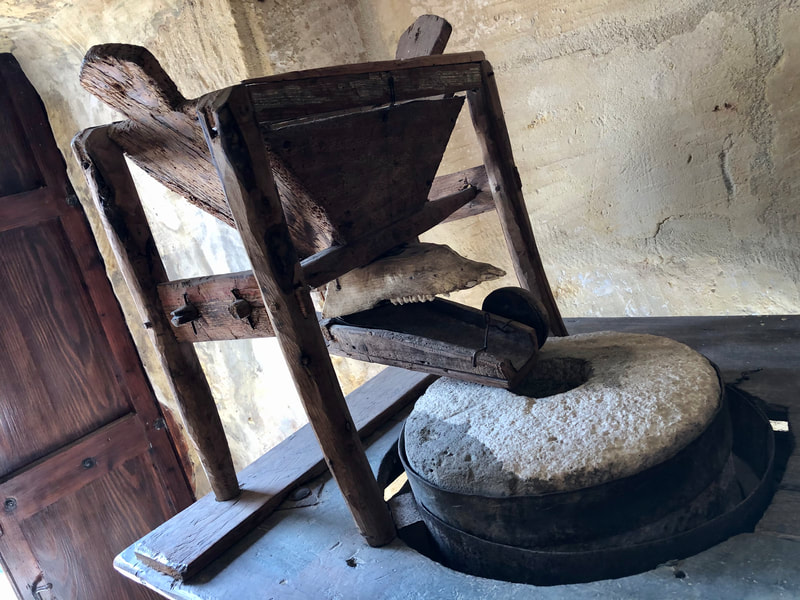

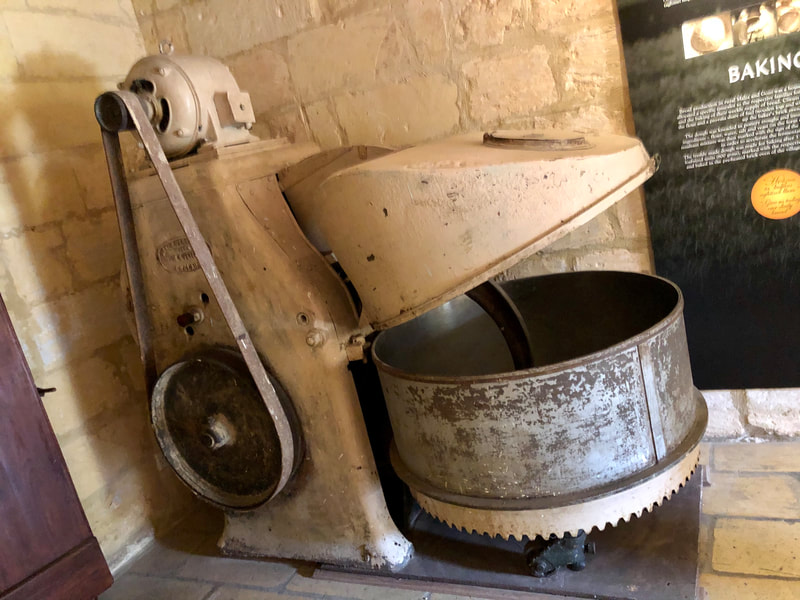






 RSS Feed
RSS Feed